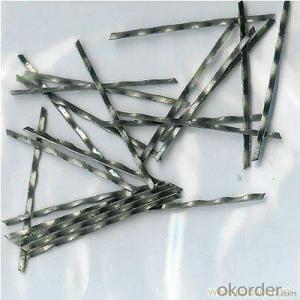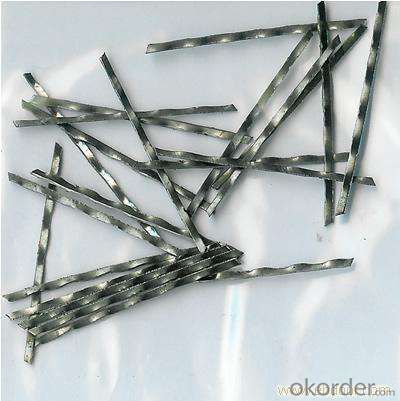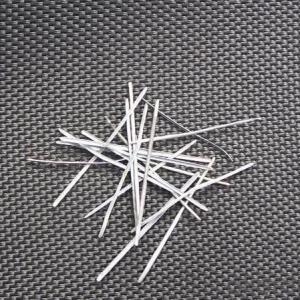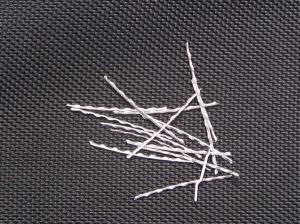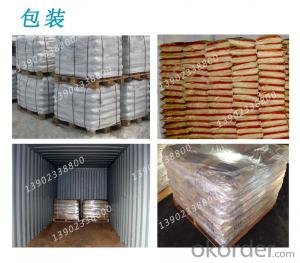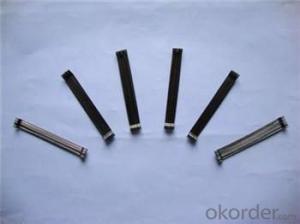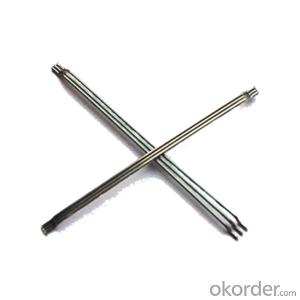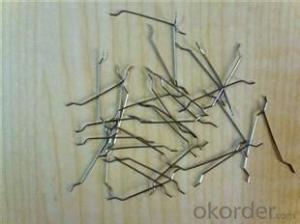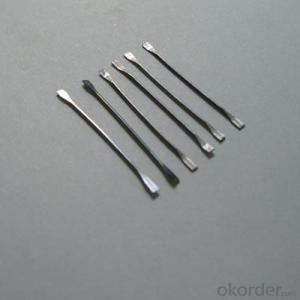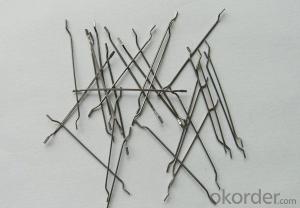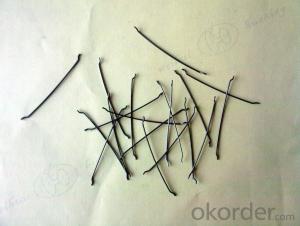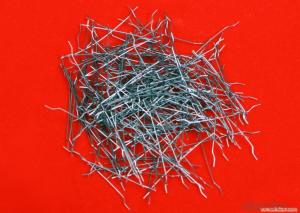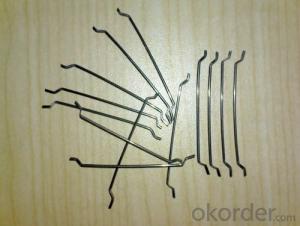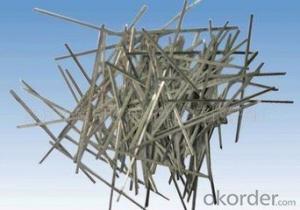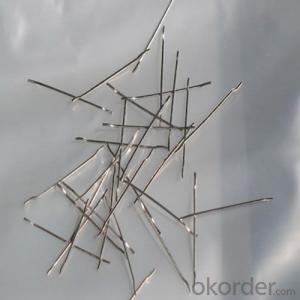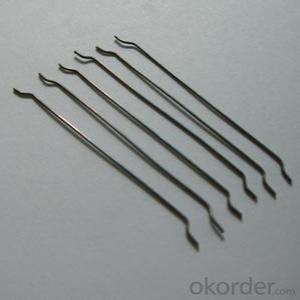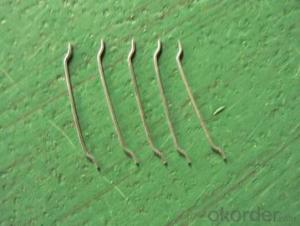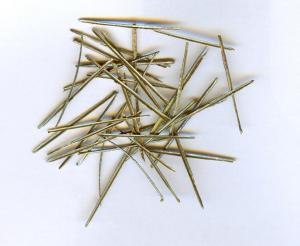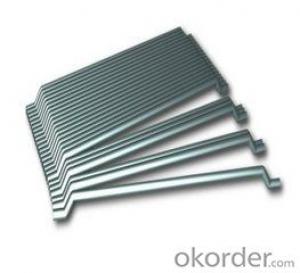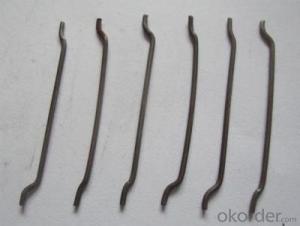Melt Extract Stainless Steel Fiber - Loose Steel Fiber from Flat Xorex Type, China
- Loading Port:
- Tianjin
- Payment Terms:
- TT OR LC
- Min Order Qty:
- 5 kg
- Supply Capability:
- 30000 kg/month
OKorder Service Pledge
OKorder Financial Service
You Might Also Like
Quick Details
Place of Origin: Jiangsu, China (Mainland)
Model Number: HT-MC
Material: Color Steel
certificated: ISO 9001
Specifications
Applications
Industrial Floorings, Pavements
Highways, Roadways and Bridges.
Seismic Resistant structures. ( Dams)
Explosive and Impact resistance Structures
Precast Structures and elements
Shotcrete in Mines / Tunnels
Quality Approvals
Manufactured according to ASTM A820 M04 Type 1 Standard
ISO 9001:2008 Certified
Technical Specifications
Material Type: Low Carbon Drawn Wire
Appearance and form: Clear, bright, semi-flat and undulated along the length.
Tolerances – _+ 5 to 8%
Young Modules – 210 N/mm2
Thickness- 0.55 mm
Length - 25 mm to 60 mm.
Picture
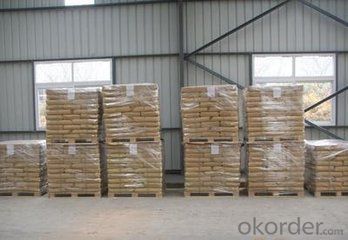
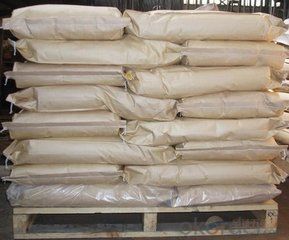
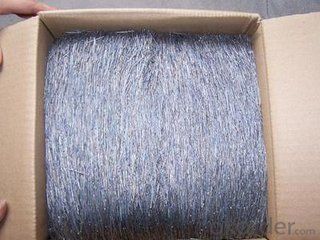
Steel fiber
FAQ
certificated: ISO 9001
Technical advantages of Daye steel fiber:
A. Improve mechanical performance of concrete
B. Provide uniform distribution throughout concrete with excellent mixing
C. No balling or caking by adopt correct mixing method
D. Reduce concrete volume
E.Save construction time and cost
F.Reduce excavation volume
G.Available for jointless floor.
- Q: Can melt extract stainless steel fiber be used in railway tracks or train platforms?
- Yes, melt extract stainless steel fiber can be used in railway tracks or train platforms. It is a durable and high-strength material that can enhance the structural integrity and longevity of these infrastructure components. The stainless steel fiber can provide reinforcement and improve resistance to wear, corrosion, and fatigue, making it suitable for use in railway applications.
- Q: What is the effect of melt extract stainless steel fiber on the modulus of creep of concrete?
- The inclusion of melt extract stainless steel fibers in concrete has a positive effect on the modulus of creep of the material. Stainless steel fibers are known for their high tensile strength, corrosion resistance, and durability. When these fibers are added to concrete, they act as reinforcement, enhancing its overall mechanical properties. The modulus of creep refers to the material's ability to resist deformation over time under a constant load. By adding stainless steel fibers, the concrete's resistance to creep is improved, as the fibers help to distribute the load and reduce internal stresses within the material. This leads to a decrease in the rate of creep and a higher modulus of creep. The presence of melt extract stainless steel fibers also enhances the overall ductility of the concrete. This means that the material can withstand greater deformation before failure, resulting in improved structural stability and performance. This is particularly beneficial in applications where the concrete is subjected to sustained loads or temperature variations, as it reduces the risk of long-term deformation and potential structural failure. Overall, the effect of melt extract stainless steel fibers on the modulus of creep of concrete is a positive one. Their addition improves the material's resistance to deformation over time, enhances its mechanical properties, and increases its overall durability.
- Q: Can melt extract stainless steel fiber be used in industrial flooring applications for shotcrete?
- Yes, melt extract stainless steel fiber can be used in industrial flooring applications for shotcrete.
- Q: Can melt extract stainless steel fiber be used in precast concrete cladding panels?
- Yes, melt extract stainless steel fiber can be used in precast concrete cladding panels. Stainless steel fibers are often added to concrete mixtures to improve the overall strength, durability, and resistance to cracking. The use of stainless steel fibers in precast concrete cladding panels can enhance their structural integrity and increase resistance to impact and weathering. Additionally, the addition of stainless steel fibers can improve the panel's resistance to corrosion, making it suitable for use in exterior applications. Overall, melt extract stainless steel fiber can be a beneficial addition to precast concrete cladding panels, enhancing their performance and longevity.
- Q: Can melt extract stainless steel fiber be used in high-temperature environments?
- Indeed, high-temperature environments can accommodate the usage of melt extract stainless steel fiber. Due to its remarkable heat resistance capabilities, stainless steel is a fitting material for situations involving elevated temperatures. Melt extract stainless steel fibers are usually crafted from a superior stainless steel alloy that offers improved protection against oxidation and corrosion at higher temperatures. Their structural integrity remains intact even when subjected to temperatures as high as 1200°C (2192°F). Consequently, these fibers find widespread application in industries like aerospace, automotive, and refractories, which commonly encounter high-temperature settings.
- Q: Can melt extract stainless steel fiber be used in pedestrian walkway pavements?
- Yes, melt extract stainless steel fiber can be used in pedestrian walkway pavements. It is a durable and corrosion-resistant material that can enhance the strength and durability of the pavement, making it suitable for heavy pedestrian traffic.
- Q: What is the effect of melt extract stainless steel fiber on the crack width in shotcrete?
- The use of melt extract stainless steel fiber in shotcrete can effectively reduce crack width by enhancing the tensile strength and ductility of the material. The fibers act as reinforcement, distributing the stress more evenly, and preventing the propagation of cracks. This results in improved crack resistance and overall durability of the shotcrete structure.
- Q: What are the advantages of using melt extract stainless steel fiber in concrete?
- There are several advantages to using melt extract stainless steel fiber in concrete. To begin with, the durability and longevity of concrete structures are enhanced by stainless steel fiber. The properties of stainless steel that resist corrosion prevent rusting, even in harsh environments. This ensures that the structural integrity of the concrete remains intact over time, making it perfect for use in coastal or industrial areas where exposure to saltwater or chemicals is common. In addition, the tensile strength and crack resistance of concrete are improved by stainless steel fiber. Acting as reinforcement, the fibers distribute stresses and prevent cracks from forming and spreading. This leads to a more robust and durable concrete, reducing the need for expensive repairs or replacements. Furthermore, the impact and abrasion resistance of concrete are enhanced by stainless steel fiber. Acting as a barrier, the fibers absorb and dissipate energy upon impact, reducing the likelihood of surface damage. This makes it suitable for high-traffic areas like roads, bridges, and industrial floors, where wear and tear are major concerns. Moreover, the fire resistance of concrete can be improved by stainless steel fiber. The high melting point of stainless steel (typically above 1300°C) creates a barrier against heat transfer, slowing down the spread of fire and protecting the underlying structure. This is crucial in applications where fire safety is a priority, such as tunnels, parking garages, or buildings. Lastly, the use of stainless steel fiber in concrete allows for design flexibility. The fibers can be easily mixed into the concrete, enabling the creation of complex shapes and forms. This opens up opportunities for innovative architectural designs and structural solutions. In conclusion, melt extract stainless steel fiber provides advantages such as increased durability, enhanced tensile strength, improved impact and abrasion resistance, heightened fire resistance, and design flexibility when used in concrete. These benefits make it a valuable addition to concrete mixtures, ensuring the longevity and performance of concrete structures in various applications.
- Q: What is the effect of melt extract stainless steel fiber on the durability of tunnel linings?
- The use of melt extract stainless steel fiber in tunnel linings can greatly enhance their durability. These fibers improve the tensile strength and resistance to cracking of the concrete used in tunnel linings. This, in turn, helps to prevent the formation of cracks and fractures, which can compromise the structural integrity of the tunnel lining. Additionally, the stainless steel fibers also enhance the overall ductility and toughness of the concrete, making it more resistant to impact and seismic loads. Overall, the incorporation of melt extract stainless steel fiber in tunnel linings significantly improves their long-term durability and extends their lifespan.
- Q: What are the different quality standards and certifications for melt extract stainless steel fiber?
- There are several quality standards and certifications for melt extract stainless steel fiber, including ISO 9001, ISO 14001, and ISO 45001. These standards ensure that the manufacturing process and the final product meet specific quality and environmental management requirements. Additionally, certifications such as ASTM A820 and JIS G3555 provide specific guidelines and specifications for melt extract stainless steel fiber, ensuring its performance and compatibility in various applications.
Send your message to us
Melt Extract Stainless Steel Fiber - Loose Steel Fiber from Flat Xorex Type, China
- Loading Port:
- Tianjin
- Payment Terms:
- TT OR LC
- Min Order Qty:
- 5 kg
- Supply Capability:
- 30000 kg/month
OKorder Service Pledge
OKorder Financial Service
Similar products
Hot products
Hot Searches
Related keywords
